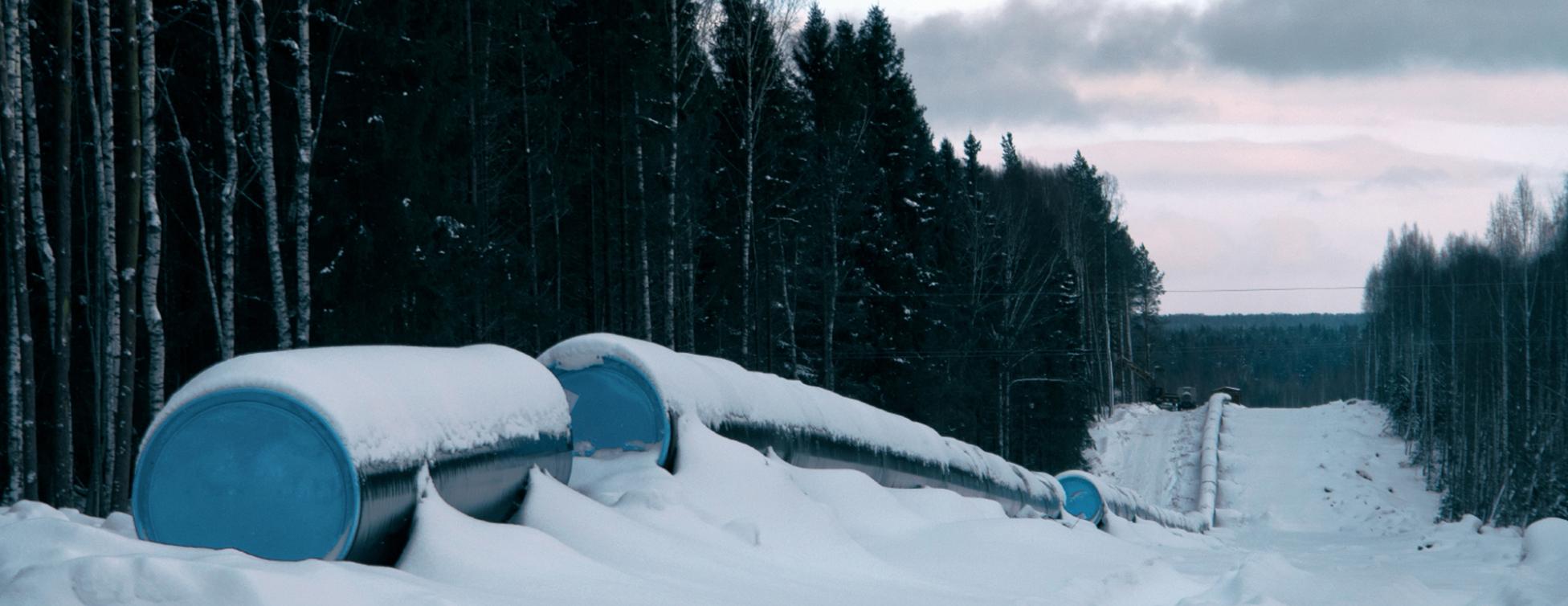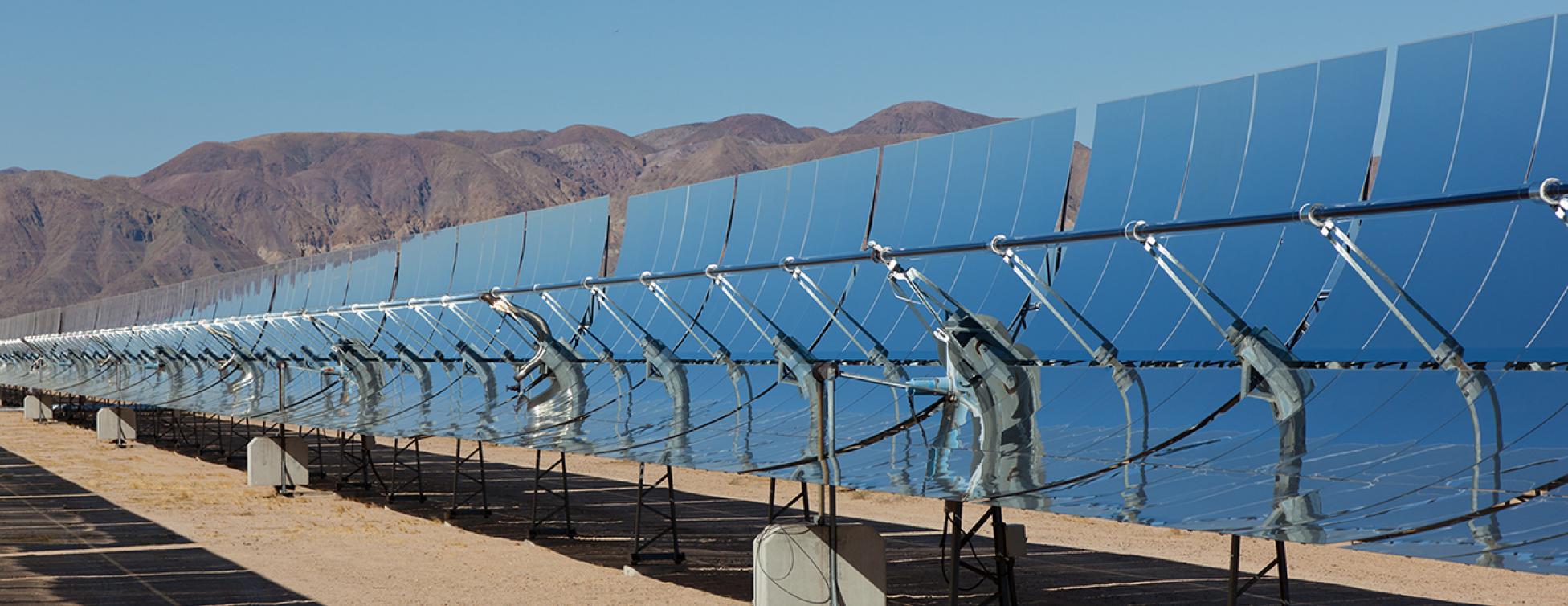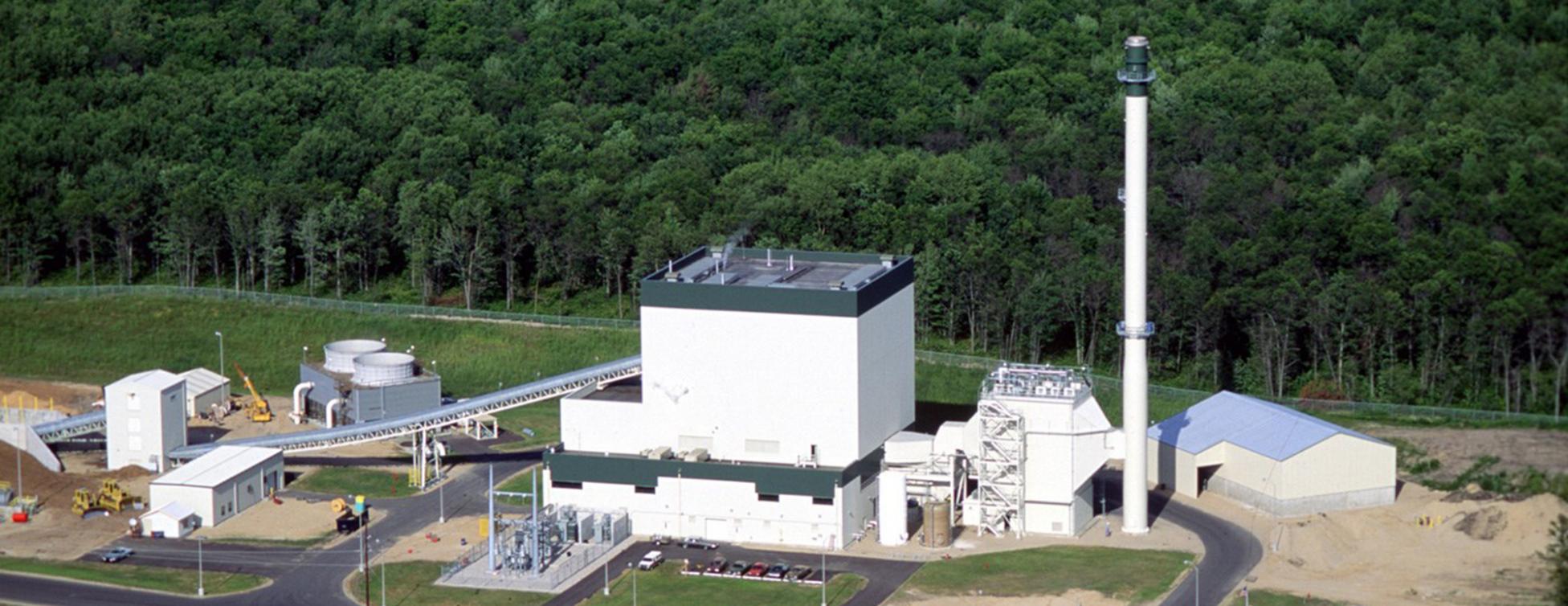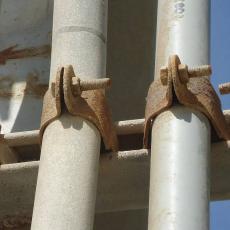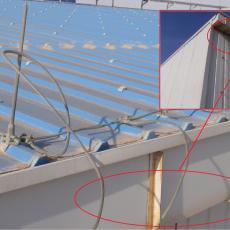Electrical
Galvanized Hardware (Or Not)
When a plant is built in a moist, heavily polluted, and/or salt laden environment, corrosion protection is a serious consideration. At a minimum, hot dipped galvanized hardware (nuts, bolts, washers, clips, etc.) is usually specified for outdoor service.
In a recently visited new facility, aggressive corrosion was exhibited almost universally on the hardware. What was discovered is that wherever galvanized was specified, electro-galvanized, electroplated zinc, or zinc plated, (different terms, same thing) was substituted by the contractor. This results in a 3 to 12 micron coating that gives it a much lower degree of corrosion protection than hot dipped galvanized with an 85 to 90 micron layer of zinc. IEC indicates these coatings degrade (in this environment) at 4-8 microns/year. It's then easy to see why there is so much aggressive corrosion and advancing stages of metal loss after only a couple years.
In the rare cases where hot dipped galvanized was provided, it seemed to perform well.
Marginal material cost savings; No labor savings.
Contractor: Substantial cost (Labor/Material) to replace fasteners in bulk. Owner: Fasteners failing is significant. Electrical system risks increase over time.
Lightning Protection
On many projects, lightning protection is installed by a subcontractor and happens near the end of a project when other activities dominate everyone’s attention.
As a system, lightning protection requires attention to details, so it is not surprising that on projects that generally suffer from workmanship problems, the lightning protection installations also suffer. This is unfortunate, because the standards are in place to provide guidance for protection from strikes that can have severe consequences to plant equipment and personnel.
For those familiar with Houston, TX, it can be easy to understand the amount of lightning present is significant. The new plants used in these examples are also in a similar flash density (flashes/mi2/yr). This is to suggest, this is important.
The EPC contract was clear in these cases regarding the requirements. The photos show workmanship defects that are representative of systematic failures throughout the systems. This included grounding conductor connections not being properly crimped and often disconnected, material incompatibility with... Read more
None.
Repairing a bad installation is not largely expensive, however, significant cost can occur for an Owner if a lightning strike occurs without a functional protection system.



